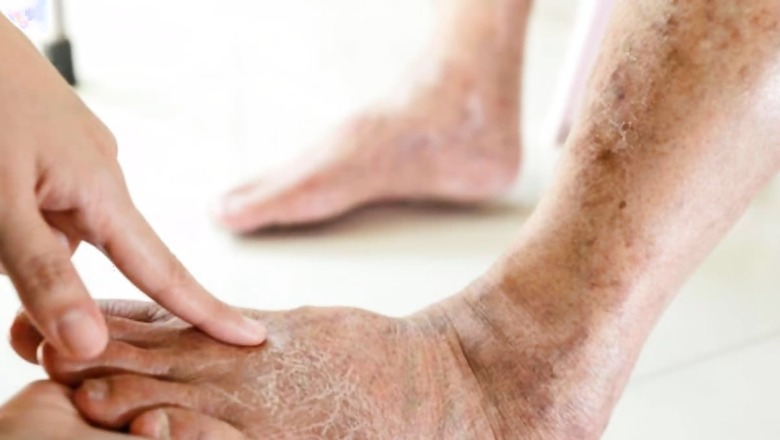
views
Diabetes complications can include nerve damage and poor blood circulation. These problems can lead to skin sores (ulcers) on the feet that can get worse quickly. Diabetics can cause narrowing or hardening of the blood vessels. Because of this, wounds in diabetic patients do not heal quickly. Elevated blood sugar levels heighten the susceptibility to bacterial infections in ulcers, particularly in cases where blood circulation in the legs is compromised. This diminished blood flow slows down the healing process, leading to the enlargement of ulcers. Failure to address this issue promptly could prompt some individuals to resort to amputation as a solution. Research indicates that 15-25 percent of diabetic patients face a significant risk of developing foot ulcers due to these complications.
To prevent up to 80 percent of foot damage, diabetic patients need to take care of their feet.
In particular, look out for cuts, scrapes and blisters, any discoloration, breaks or cracks in the skin, unusual swelling and painful areas.
Keep feet clean and dry. Wash your feet with soap and warm water daily.
Dry the feet thoroughly by using a soft towel or small cloth between the toes.
When wet or sweaty between the toes, wipe clean using cotton cloth.
To prevent dry skin, use a moisturising cream. Avoid using the creams between the toes.
Frequent check-ups are essential for diabetic patients. If the blood sugar level is high, consult a doctor immediately.
Don’t remove calluses or other foot lesions yourself. To avoid hurting your skin, don’t use a nail file, nail clipper or scissors on calluses, corns or warts. Don’t use chemical wart removers. See your doctor to remove any of these issues.
Invest in shoes that prioritise comfort, offering ample support and cushioning for the heel, arch, and ball of the foot. Steer clear of tight-fitting footwear as well as high heels or narrow shoes that restrict toe movement.

















Comments
0 comment